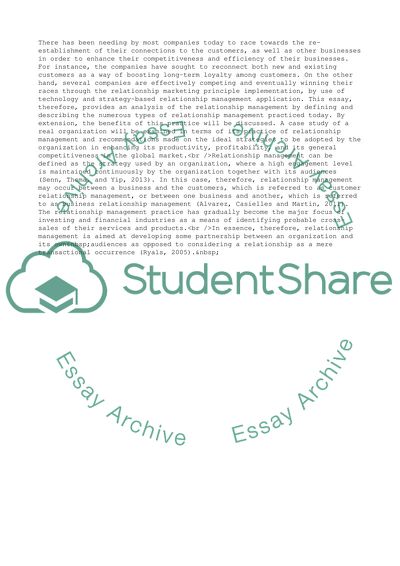Cite this document
(Business and Customers Relationships Coursework Example | Topics and Well Written Essays - 3500 words, n.d.)
Business and Customers Relationships Coursework Example | Topics and Well Written Essays - 3500 words. https://studentshare.org/business/1832509-relationship-management
Business and Customers Relationships Coursework Example | Topics and Well Written Essays - 3500 words. https://studentshare.org/business/1832509-relationship-management
(Business and Customers Relationships Coursework Example | Topics and Well Written Essays - 3500 Words)
Business and Customers Relationships Coursework Example | Topics and Well Written Essays - 3500 Words. https://studentshare.org/business/1832509-relationship-management.
Business and Customers Relationships Coursework Example | Topics and Well Written Essays - 3500 Words. https://studentshare.org/business/1832509-relationship-management.
“Business and Customers Relationships Coursework Example | Topics and Well Written Essays - 3500 Words”. https://studentshare.org/business/1832509-relationship-management.


